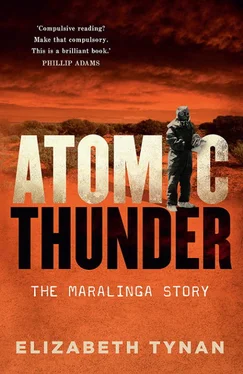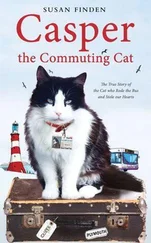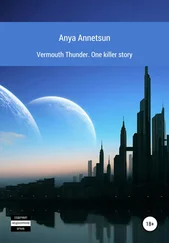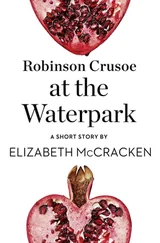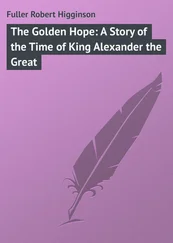I will talk to our experts here and do my best to work up a detailed explanation for you (though some of the explanation may be classified!). I am glad to read that you have at least checked this with a number of nuclear physicists before putting it on your website. I would just add that I don’t see that the information furthers your aims – i.e. reduced corruption, better government and stronger democracies. Therefore, I would be very grateful if you could remove the information while I work up a detailed explanation for you. I will try to do this as quickly as possible – I am away over Easter but if you could give me until 2 April, I’ll send you something then.
Apparently bomb design–seeking terrorists observe Easter breaks too. Lim replied, ‘After consultations it strikes us as extraordinary that the FCO [Foreign and Commonwealth Office] claims the WikiLeaks documents are a proliferation issue worthy of censorship, but, apparently, not worthy of assigning a staff member to address the issue during its Easter break’. WikiLeaks refused to budge, saying that ‘the documents are a substantial piece of world history and have been released, then censored. Implicit in our core mission is preventing censorship of such documents’. The issue of British nuclear weaponry remained controversial, long after the British gave up testing on Australian soil.
Britain’s nuclear program evolved rapidly from those Australian beginnings. In 1963, Britain purchased Polaris missiles from the US and added its own nuclear warheads, an arrangement that flowed directly from the resumption of nuclear weapons co-operation in the late 1950s. These submarine-based weapons became the basis for the country’s nuclear deterrent between 1968 and 1996. The new co-operative phase did not last, since Harold Macmillan’s successor, Harold Wilson, was less inclined to pursue further nuclear weapons development with the US. Polaris was bolstered by an improved design known as Chevaline, which had been tested in Nevada in the 1970s, and was later superseded by the Underwater Long Range Missile System, better known as Trident, in the early 1990s, all submarine-based weapons. The future of the aging Trident weapon is currently the centre of ongoing political tensions.
Hardship often brings out the best of creativity in people. Maralinga has sparked beautiful art and beautiful music. A travelling exhibition titled Black Mist Burnt Country , with plans to run for two years from September 2016, honours the output of many artists moved by the legacy of Maralinga. A long-term creative project called Nuclear Futures, which began in Australia but has grown to encompass six countries in all, ‘supports artists working with atomic survivor communities, to bear witness to the legacies of the atomic age through creative arts’. A piano and violin piece titled Maralinga , composed by Matthew Hindson, was performed by the Australian orchestra Ruthless Jabiru in London in October 2013, conducted by Kelly Lovelady, in a program titled Maralinga Lament . Novels have been written about Maralinga, notably Maralinga by Judy Nunn and Maralinga My Love by Dorothy Johnston. A theatre performance produced by arts company Big hArt titled ‘Ngapartji Ngapartji’ premiered at the Melbourne International Arts Festival in 2004, partly in Pitjantjatjara language. In August 2006, Paul Brown’s ‘Maralinga’, a verbatim play developed with the Maralinga Research Group based on the experiences of nuclear veterans, premiered on the Central Coast of New South Wales, directed by Wesley Enoch.
Australia was no doubt exploited by its former colonial master, but the country willingly allowed it to happen and even paid to be involved by setting up the Maralinga range and providing various kinds of personnel and logistic support throughout the test series. Why? What does Maralinga tell us about our nationhood? From this distance, the events of the test era speak of a somewhat immature democracy, anxious to please its motherland despite the high cost. Most of the decisions about the atomic tests taken by the Australian Government were not discussed and debated in public. The secrecy put in place at the atomic test sites, shored up by the imposition of information controls such as D-notices that deliberately fostered media self-censorship, enabled experiments of unprecedented risk to be conducted without public consent and their aftermath to be left unaddressed for many years. On the dusty and expansive desert test range, experiments on the destructive capacities of the atom proceeded without complete safeguards, including the safeguards afforded by public scrutiny and accountability.
Could harm of this kind happen again? The answer must be yes. Without independent scrutiny of their activities, governments are capable of anything. In more recent times, the Edward Snowdon revelations about US and UK government surveillance of citizens and the leaders of other countries gave the world a glimpse into a covert world of government activity that had, until that moment, been invisible to the majority of people. Snowdon ‘revealed to Americans a history they did not know they had’, as one of the journalists who received the leaked material said; the nuclear veterans, Indigenous people, journalists and politicians who blew the whistle on the British nuclear tests did the same in Australia.
The hazards posed by the tests were significant and continued for many years. However, these intrinsically dangerous experiments were not available for public assessment largely because the media, in line with official British and Australian government policy, did not report them to the public. The fact that their dangers and damage were not part of Australian public conversation had dire ramifications. A deadly substance was scattered across the Maralinga lands, and an equally toxic legacy of cover-up and deceit was left behind. To this day, we do not know the full extent of the human toll. Australia fulfilled the role its government had volunteered it for 11 years earlier, but the cost was immense. If there is a word that speaks not only of thunder but also of government secrecy, nuclear colonialism, reckless national pride, bigotry towards Indigenous peoples, nuclear era scientific arrogance, human folly and the resilience of victims, surely that word is Maralinga.
Appendix
British atomic tests in Australia
MAJOR TRIALS
Operation Hurricane
Monte Bello Islands, Western Australia
3 October 1952
Operation Totem
Emu Field, South Australia
Totem 1: 15 October 1953
Totem 2: 27 October 1953
Operation Mosaic
Monte Bello Islands, Western Australia
Mosaic G1: 16 May 1956
Mosaic G2: 19 June 1956
Operation Buffalo
Maralinga, South Australia
Buffalo 1 (One Tree): 27 September 1956
Buffalo 2 (Marcoo): 4 October 1956
Buffalo 3 (Kite): 11 October 1956
Buffalo 4 (Breakaway): 22 October 1956
Operation Antler
Maralinga, South Australia
Antler 1 (Tadje): 14 September 1957
Antler 2 (Biak): 25 September 1957
Antler 3 (Taranaki): 9 October 1957
MINOR TRIALS
Kittens
Emu Field and Maralinga, South Australia
Emu Field: September–October 1953
Maralinga (Naya): May–June 1955
(Naya): March 1956
(Naya): March–July 1957
(Naya): March–July 1959
(Naya): May 1961
Tims
Maralinga, South Australia
(Naya): July 1955
(Kuli/Naya): March–July 1957
(Kuli): September–November 1957
(Kuli): April–June 1958
Читать дальше
